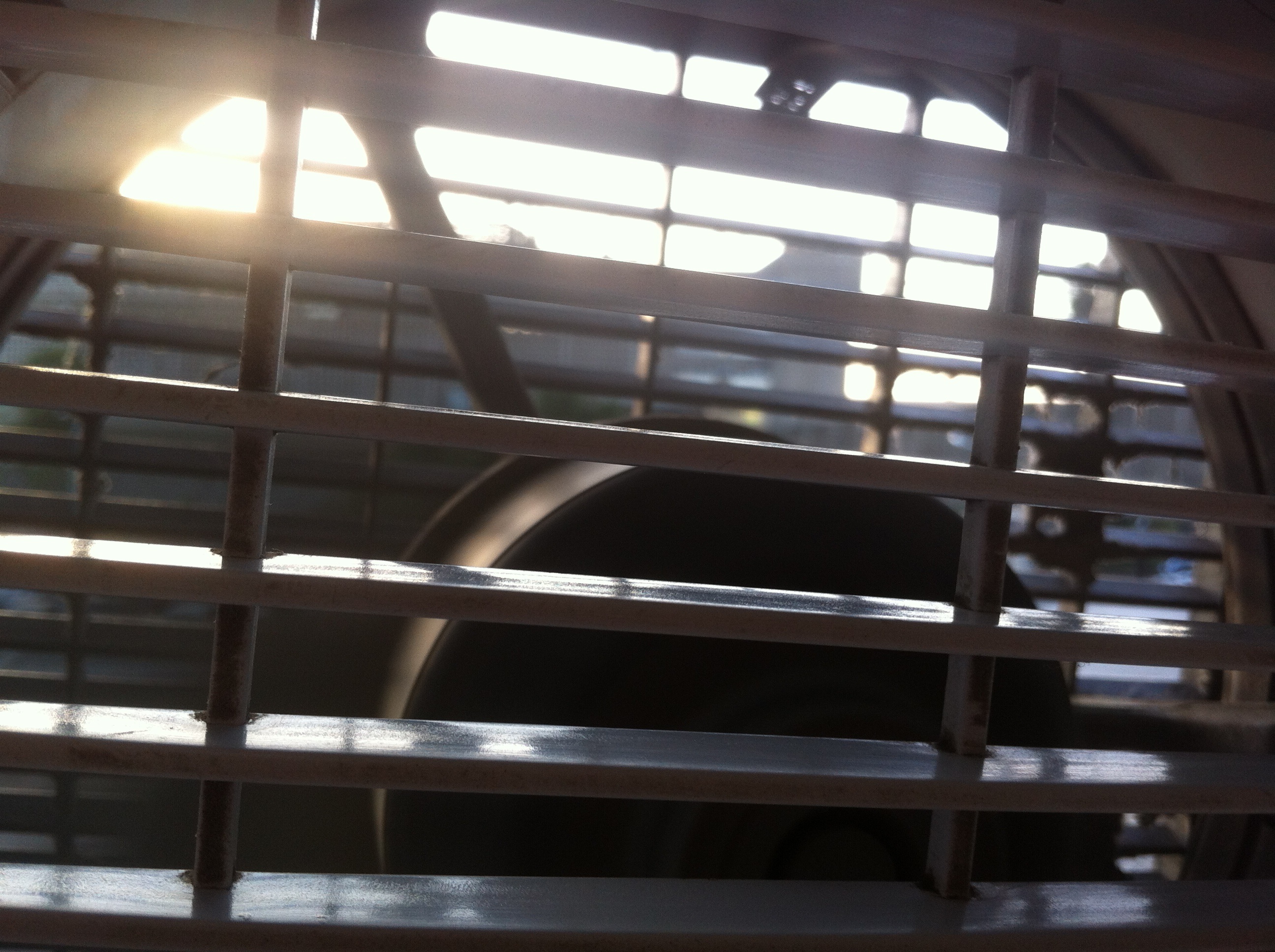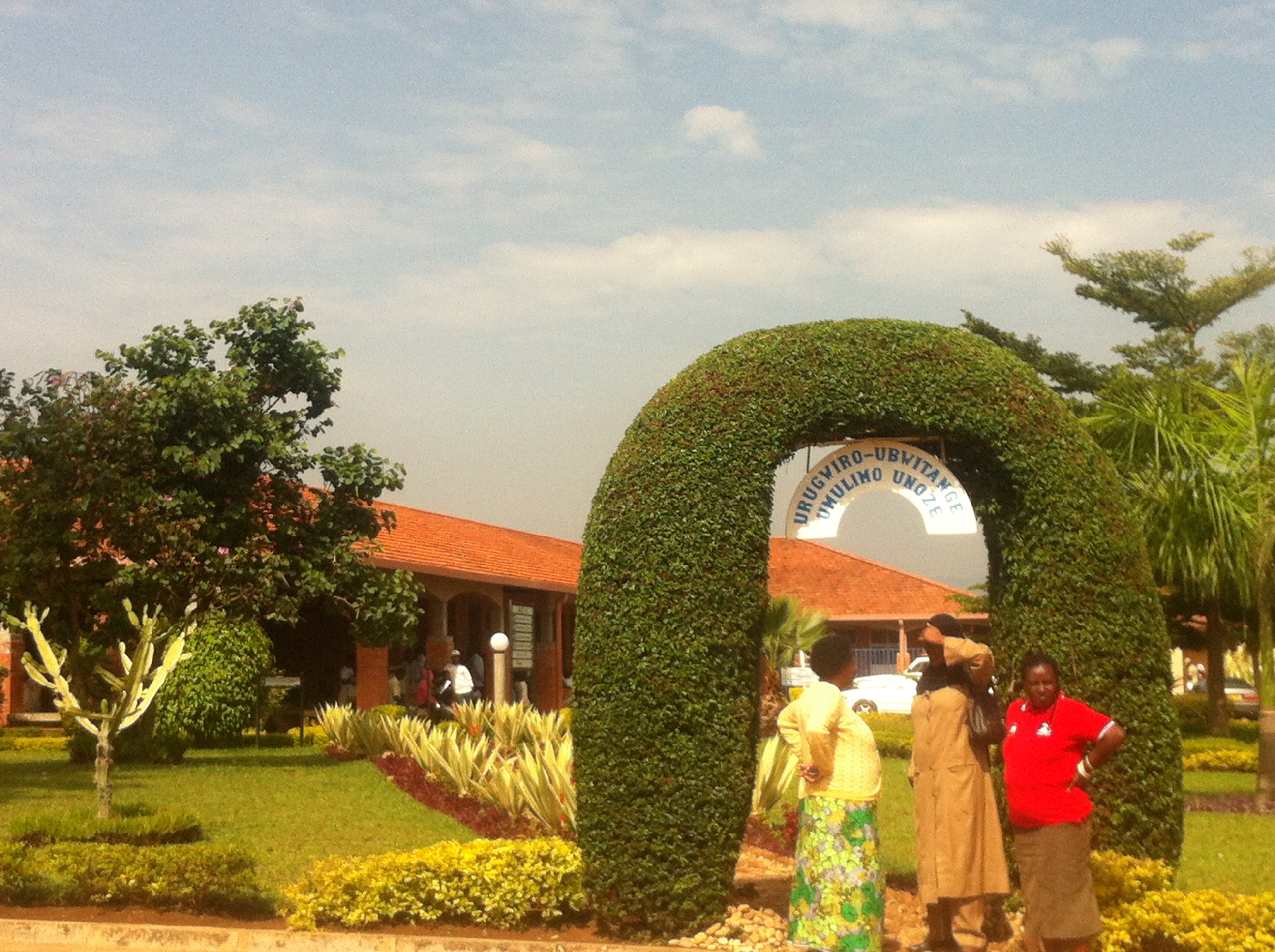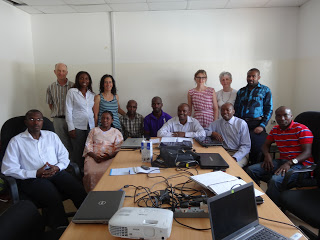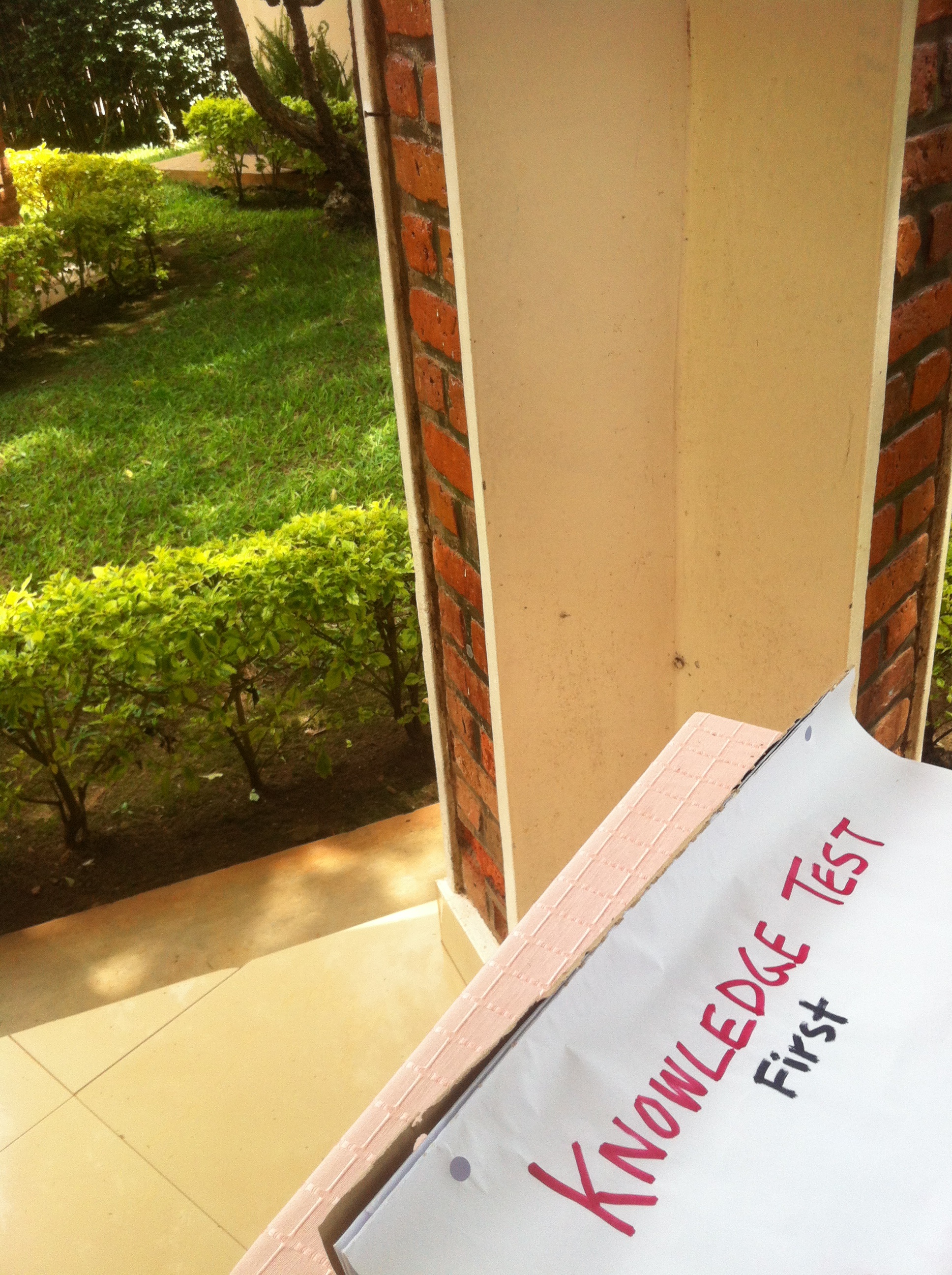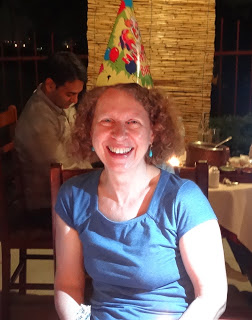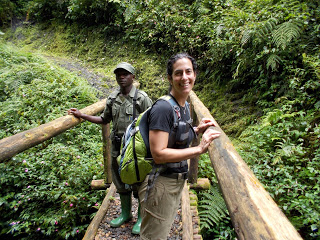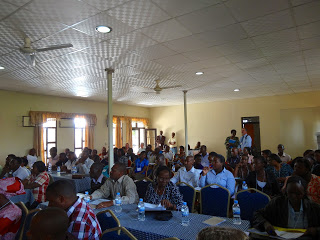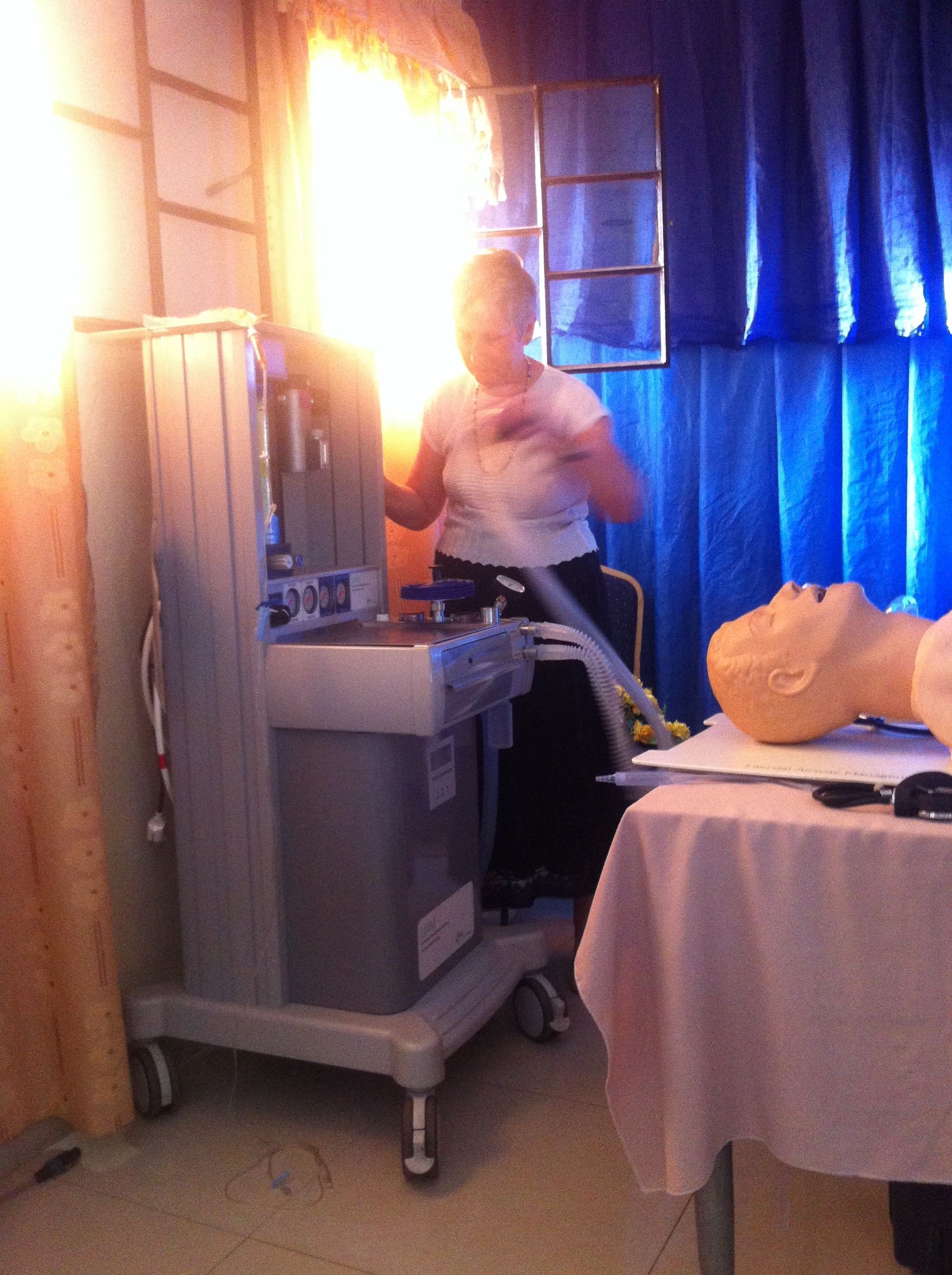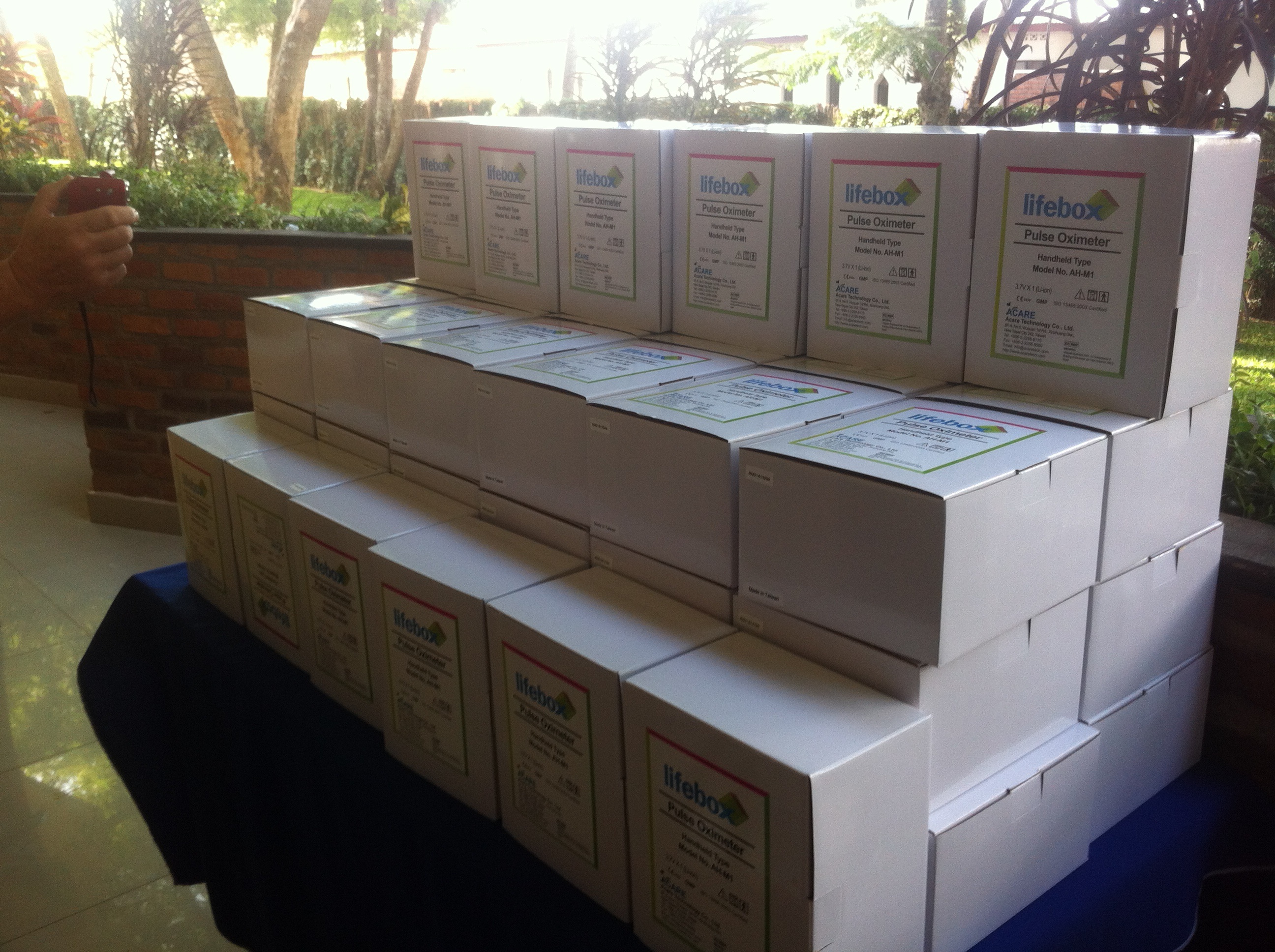Change we can believe in
Did you know that in 2006 the Rwandan government banned plastic bags in the capital city of Kigali?
Today the grass, unpocked with litter, is buena vista green. Thanks to the civic and environmental efforts of the last few years, Kigali is one of the cleanest cities you could hope to visit.
Another fact about Rwanda in 2006: did you know that at the time there was just one single medical anaesthetist, Dr. Jeanne D’Arc Uwambazimana, in the entire country?
Today, there are 20.
Thanks to a collaborative, empathetic and energetic partnership between the National University of Rwanda (NUR), the Kigali Health Institute (KHI) and the Canadian Anesthesiologists’ Society International Education Foundation (CAS IEF), an anaesthesia residency programme was set up. The Rwanda Society of Anaesthesiologists (RSA) has now been formally acknowledged by the government as an official organization, with an important role to play in the ongoing improvement of Rwandan healthcare.
Such dramatic changes, in such a short amount of time – it’s easy to invest them with symbolism. A city in healing from the appalling atrocities that took over its streets; a profession long-marginalized that has raised its profile twenty-fold.
But forget symbolism and consider practical impact: this beautiful city that people are pleased and proud to live in; those countless lives that have been saved through increased access to safe anaesthesia.
Certainly surgery is still a critical healthcare concern in Rwanda, but it’s a damn sight better than it was ten years ago. And it’s against this optimistic background that #SAFERwanda came to town!
There are so many exceptional organizations and individuals involved in delivering this rigorous programme, that they really need their own background stories told.
Luckily, Lifebox can fill you in here.
And here!
Drs Patty Livingstone, left, and Faye Evans, right (who you might remember from her role in the Georgia Society of Anesthesiologists’ runaway-success Make It 0 campaign for Lifebox) have been blogging about their work in getting the SAFE Course up and running in Rwanda since they arrived in the country several weeks ago.
It’s a great behind-the-scenes insight into hosting a course like this. (Step one: begin more than a year ago.)
But the whirlwind really picked up speed (cc: “The Calm Before the Storm“) last Monday, with the arrival of 55 anaesthesia techs, residents and consultants from 13 district hospitals across the country.
Also on the guest list: two Universal Anaesthesia Machines (UAM) donated by Gradian Health Systems…
…and 90 Lifebox pulse oximeters, part of an incredible 250 units donated by members of CAS to Rwanda. That’s enough oximeter for distribution to every single operating room and recovery setting at the district hospitals currently delivering surgery without this essential monitoring.
So the first SAFE Course thundered by, four days of well-ordered breakfast, equipment training, communication, reflection, pre-test, lunch, airway assessment, cricothyroidotomoy, reflection, lunch, simulation, post-test, neonatal resuscitation, ruptured uterus, questions, cord prolapse, malaria, etc, English, French, Kinyarwandan, dinner, birdsong, and breakfast again.
And here we are, Tuesday morning, and ready for round two…
The second group of anaesthesia providers began arriving last night, fired up by reports from their friends who attended last week. (“Not boring!” – what higher praise?)
It’s exciting to think about the first group, back at work and scattered around the country.
This morning they’re checking their anaesthetic machines and charging their pulse oximeters. Hopefully they feel a little more prepared for whatever obstetric emergency rolls through the door next, and energized to know that their colleagues in anaesthesia worldwide are proud to stand with them – in symbol, and in practice.


